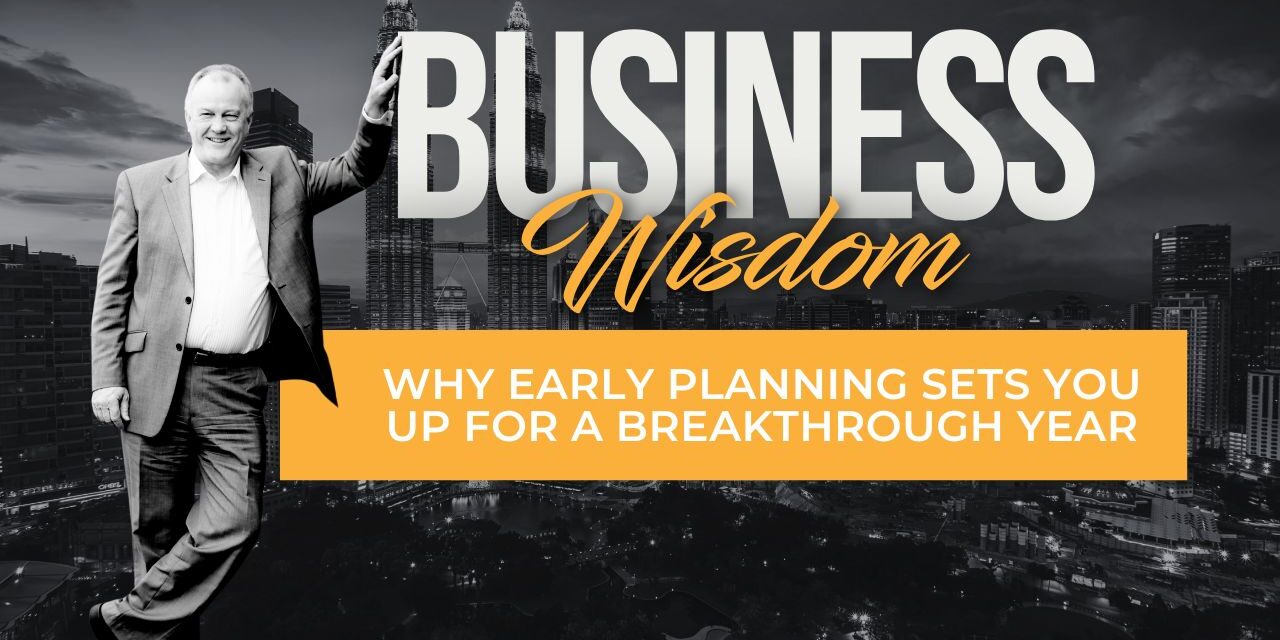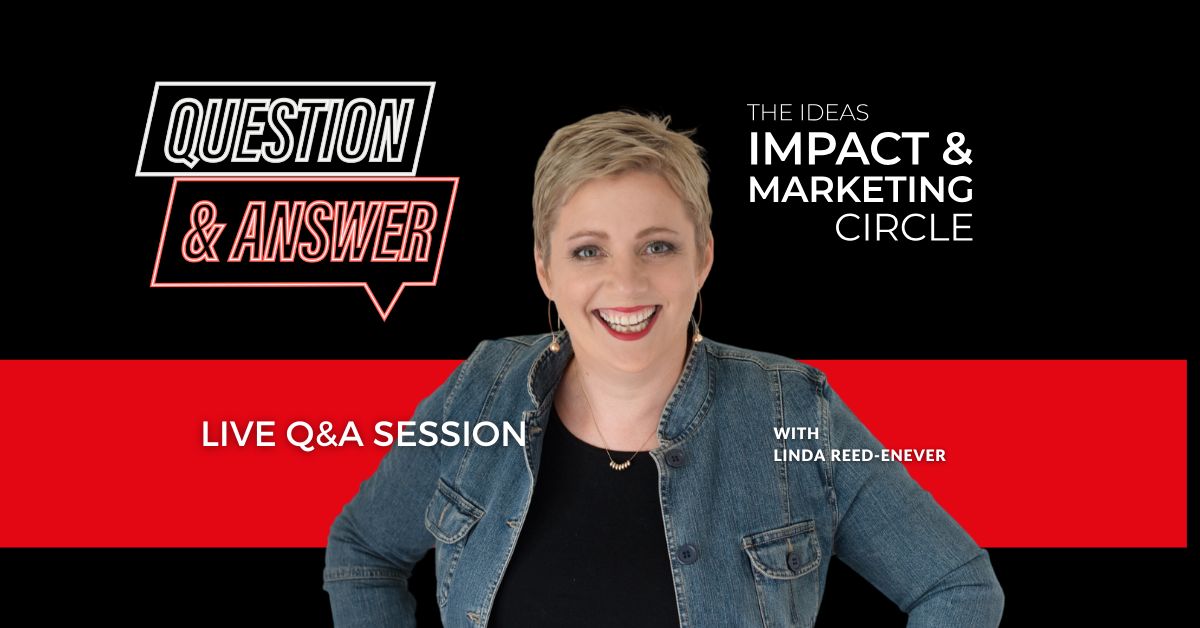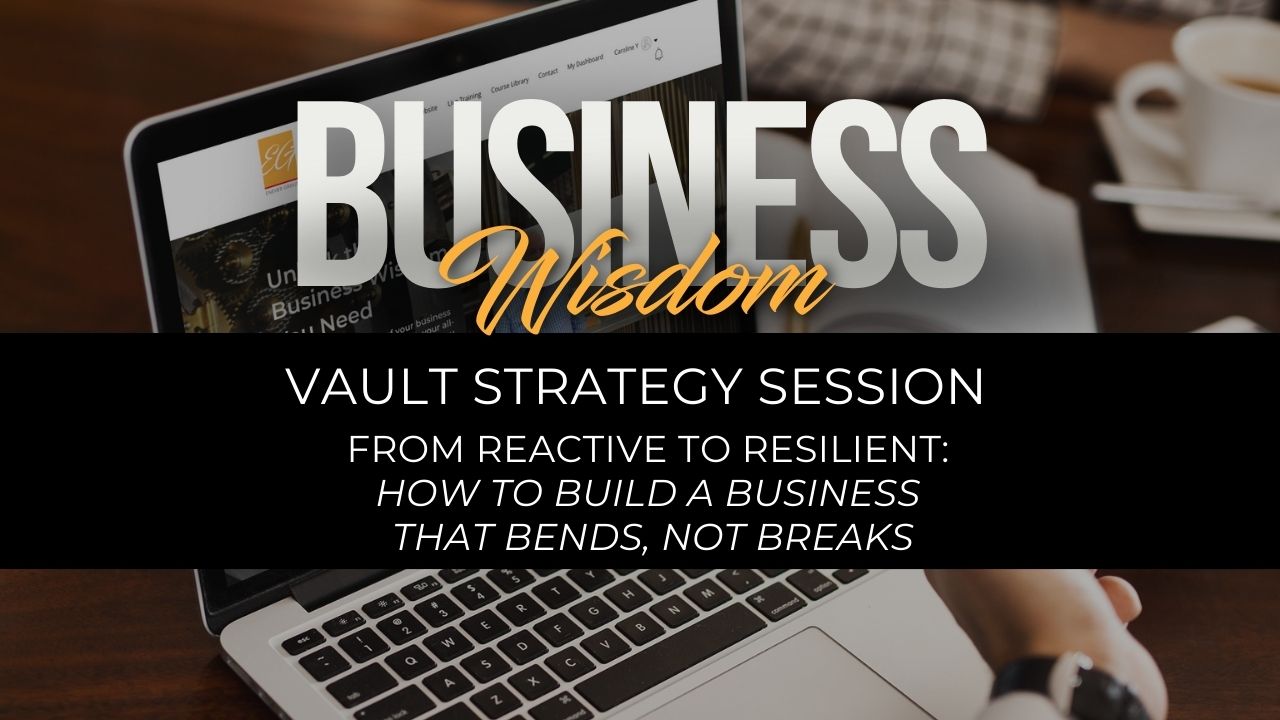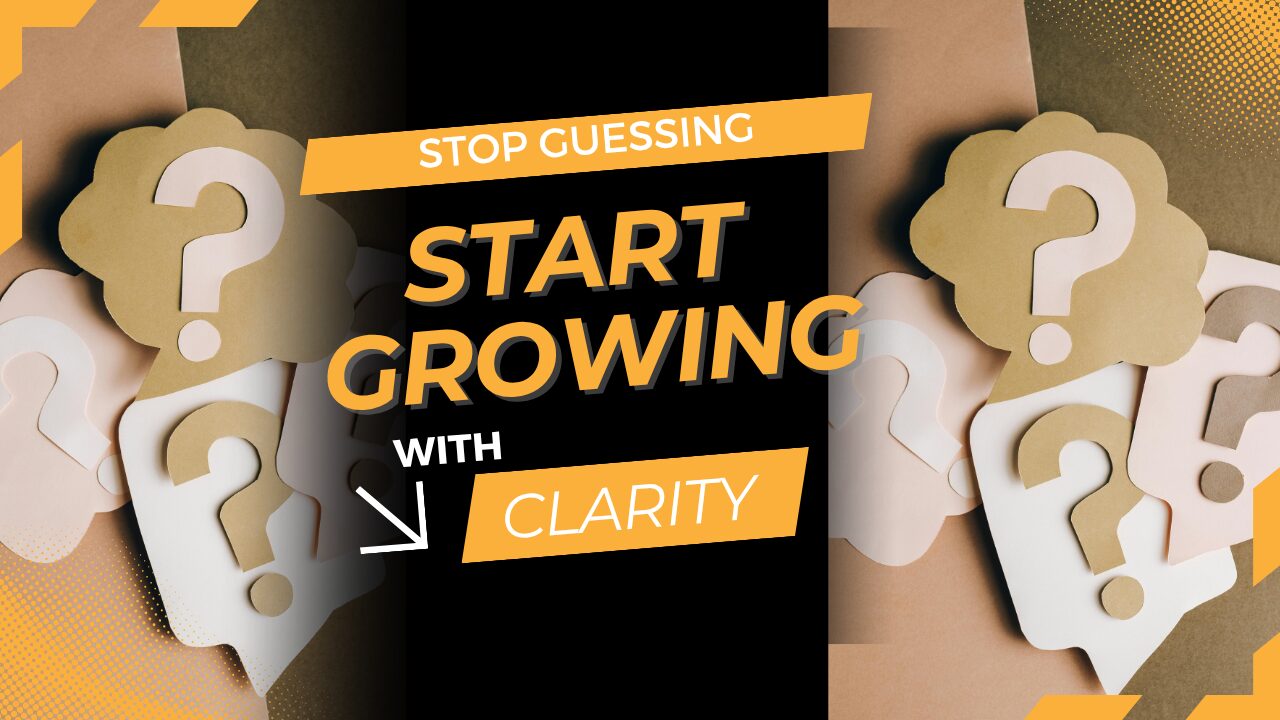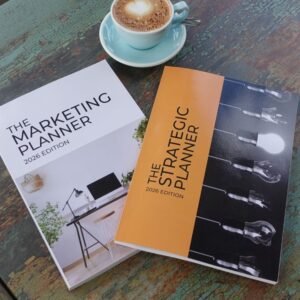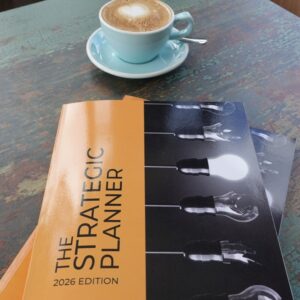Too many business owners wait until January to plan their year, but by then, they’re already behind. The businesses that grow, scale and thrive don’t wing it in the new year. They step into January with clarity, priorities and momentum already in place.
In this episode, we look at why early planning matters and how it sets you up for a breakthrough year, including:
- Why January should be for execution, not planning
- The best time to start planning and why it works
- How to run a simple year-end review
Early planning isn’t about adding more work, it’s about reducing stress, making better decisions and starting the new year with control and confidence.
January Is for Execution, Not Planning
January shouldn’t be the month you start figuring things out. By mid-January, the energy of the new year has shifted and clients expect action. If you’ve planned early, you enter the year leading, not catching up.
The Best Time to Start Planning
The sweet spot is October or November. This window gives you time to review performance honestly, space to think strategically without last-minute pressure, time to engage your team and align resources, and a chance to course-correct before the year closes.
Start with a Simple Strategic Review
Before you plan forward, look back and ask:
- What went well this year?
- What didn’t go as planned, and why?
- What were the key lessons?
- Which clients, offers, and actions created the most value?
No need for a complex report: just honest insights to guide smarter decisions.
Define Your Vision for the New Year
Where do you want to be this time next year? How do you want to feel? More in control, energised, profitable? A clear vision becomes your compass, helping you say yes to what matters and no to distractions.
Set Strategic Priorities Early
From your vision, define three to five measurable, actionable priorities. For example: launch a high-value offer, increase client retention, build a lead generation system or hire support. Setting these before year-end gives you time to prepare.
Engage Your Team and Resources Early
Loop in your assistant, contractors, or team before the year ends. Share your vision and priorities so they’re ready to support you. The same goes for systems and tech. Set them up in Q4, not January.
Plan Your First 90 Days in Detail
A full-year plan is useful, but Q1 execution is where momentum builds.
Ask:
- What am I going to deliver, promote, or launch in Q1?
- What systems need to be in place?
- What’s the one big goal I’ll focus on from January to March?
Clarity in the first quarter builds momentum that carries through the rest of the year.
Give Yourself a Cutoff Point
Set a “planning lock-in date”. For example, November 25 or December 10. Finalise your strategy and stop tinkering. This gives you space to end the year with clarity and start the new year ready to act.
Step into the New Year with Confidence
Early planning creates focus, confidence, and inspiration. Instead of starting the year in chaos, you begin with control and intention. You set yourself up to own the year before it begins.
Highlights
- 01:05 The Importance of January Execution
- 01:42 Optimal Timing for Yearly Planning
- 02:18 Conducting a Strategic Review
- 02:44 Defining Your Vision and Priorities
- 03:47 Engaging Your Team and Resources
- 04:17 Detailed Planning for the First Quarter
- 04:44 Finalising and Committing to Your Plan
- 05:14 Stepping into the New Year with Confidence

